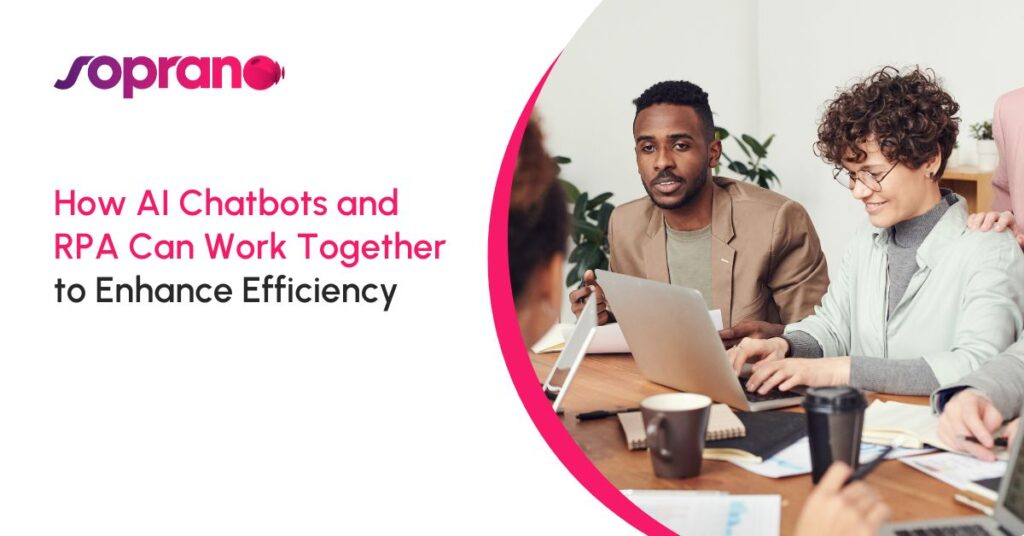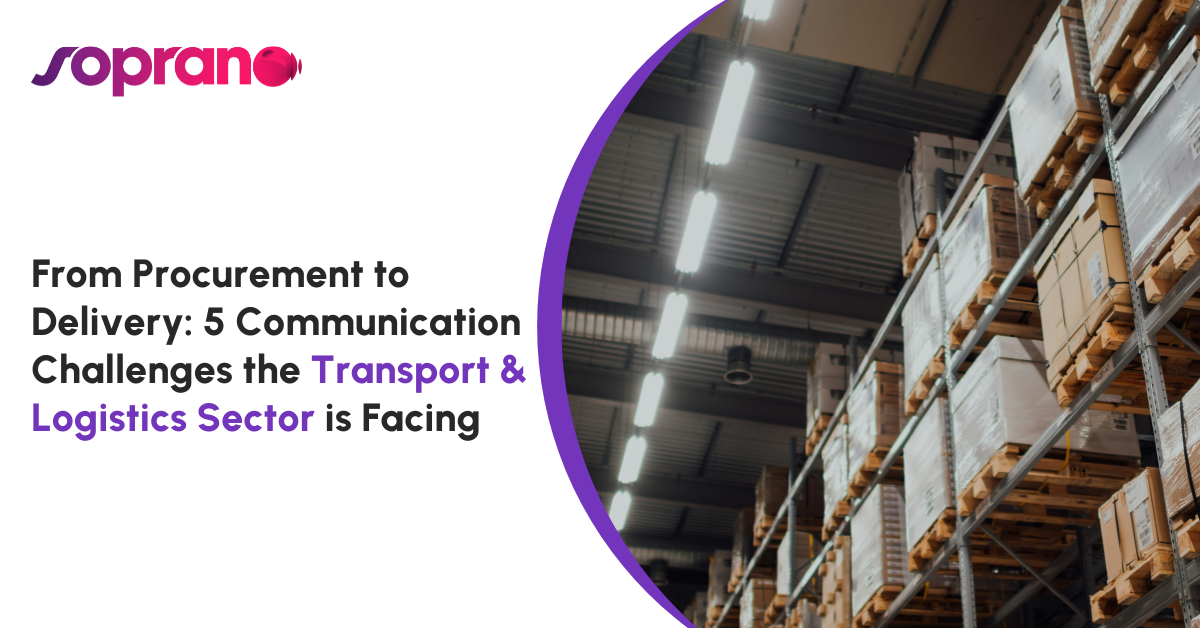
AI chatbots and Robotic Process Automation (RPA) are two technologies that have the power to revolutionise the way businesses operate. Conversational AI, also known as chatbot, enables natural language conversations with customers, while RPA automates routine tasks. In this article, we’ll explore how Conversational AI and RPA work together to enhance business efficiency and take automation to the next level.
What is RPA?
RPA, or Robotic Process Automation, is a technology that uses software bots to automate manual and repetitive tasks, such as data entry and processing.
RPA bots are designed to mimic the actions of human employees, allowing them to complete tasks more quickly and accurately than humans.
According to Gran View Report, the global robotic process automation market size was valued at USD 2,322.9 million in 2022 and is projected to expand at a CAGR of 39.9% from 2023 to 2030.
What’s the Difference Between Chatbots and RPA?
Conversational AI chatbots use natural language processing and machine learning to enable computers to understand and respond to human language.
While RPA is a technology typically used to automate rule-based tasks that do not require decision-making, organisations use Conversational AI to create chatbots and virtual assistants to engage with customers and provide support through natural language conversations.
How Conversational AI Chatbots and RPA Work Together
While Conversational AI and RPA are both powerful technologies on their own, their true value can be realised when they are integrated.
The two technologies can be complementary, however, as businesses can use RPA to automate the back-end processes of a Conversational AI platform, such as data entry and processing, freeing up human agents to focus on more complex tasks.
Additionally, by integrating RPA with Conversational AI, businesses can create more efficient and seamless customer experiences by automating tasks such as responding to common queries and collecting customer information.
Example 1: Automating Customer Queries
With Conversational AI, businesses can use AI chatbots or virtual assistants to engage with customers and answer their queries. The bots can be trained to understand natural language and respond in a way that simulates human conversation. By integrating RPA, businesses can automate the process of responding to common queries, freeing human agents to focus on more complex questions requiring human intervention.
For example: A customer asks about the status of their order. The Conversational AI chatbot understands the query and retrieves the order status from the system. RPA then automates the process of sending the order status to the customer.
Example 2: Automating Data Entry
With a Conversational AI platform, businesses can use AI chatbots or virtual assistants to gather customer information and enter it into the appropriate systems. By integrating RPA capabilities, companies can automate the data entry process, reducing the risk of errors and freeing human agents to focus on more complex tasks.
For example: The customer provides their personal information, such as name and address, through the Conversational AI chatbot. RPA then automates the process of entering the data into the customer database.
Example 3: Automating Password Resets
With Conversational AI, businesses can use chatbots or virtual assistants to help customers reset their passwords. The chatbot can ask the customer for their email address, verify their identity, and reset their password. By integrating RPA, businesses can automate the process of resetting passwords, reducing the workload on human agents and improving the customer experience.
Example 4: Automating Payment Processing
With Conversational AI, businesses can use chatbots or virtual assistants to collect customer payment information. The chatbot can request the customer’s payment details, process the payment, and provide a confirmation message. By integrating RPA, businesses can automate the process of payment processing, reducing the risk of errors and improving the speed and accuracy of the process.
In all of these examples, integrating Conversational AI and RPA leads to a more efficient and seamless customer experience while optimising business operations.
Benefits of Choosing a Conversational AI Platform with RPA Features
Choosing a Conversational AI platform with RPA features can provide businesses with a range of benefits, including:
- Streamlined Operations: By automating manual and repetitive tasks, businesses can streamline their operations and reduce the time and resources required for these tasks. RPA bots can complete tasks faster and more accurately than human employees, freeing employees to focus on more value-added activities.
- Reduce Support Teams Workload: By integrating Conversational AI with RPA, businesses can provide 24/7 customer support through chatbots or virtual assistants. This means that customers can get their queries answered quickly and efficiently without waiting for a human agent. Additionally, by automating tasks, businesses can reduce the workload on their customer support teams, freeing them up to focus on more complex queries.
- Improved Data Accuracy: By automating data entry tasks, businesses can reduce the risk of errors, ensuring that data is accurate and up-to-date. This can lead to improved decision-making and better business outcomes.
- Reduced Costs: By automating tasks, businesses can reduce the cost of manual labour, improving the bottom line. RPA bots can work around the clock without requiring breaks or overtime pay, leading to significant cost savings for businesses.
- Flexibility: RPA bots can be trained to perform a wide range of tasks, making them versatile tools for businesses in different industries and with different needs. By choosing a Conversational AI platform with RPA features, businesses can customise the bots to meet their specific requirements.
- Scalability: With RPA, businesses can quickly scale their operations as needed without hiring additional staff. This can be particularly valuable for companies experiencing rapid growth or seasonal fluctuations in demand.
Soprano’s Conversational AI platform includes RPA capabilities
At Soprano Design, we add RPA capabilities to our Conversational AI platform, providing businesses with an all-in-one solution for engaging with customers and optimising operations.
Until now, all of the actions you would do inside our AI platform would be tight to a message. That means our customers always had to send a message back to the chatbot to get something triggered.
Now our platform separates actions from messages, translating to fewer steps to trigger an action and improving efficiency.
Do you want to learn more about taking full advantage of Conversational AI and RPA? Please fill out the form to contact our team.


